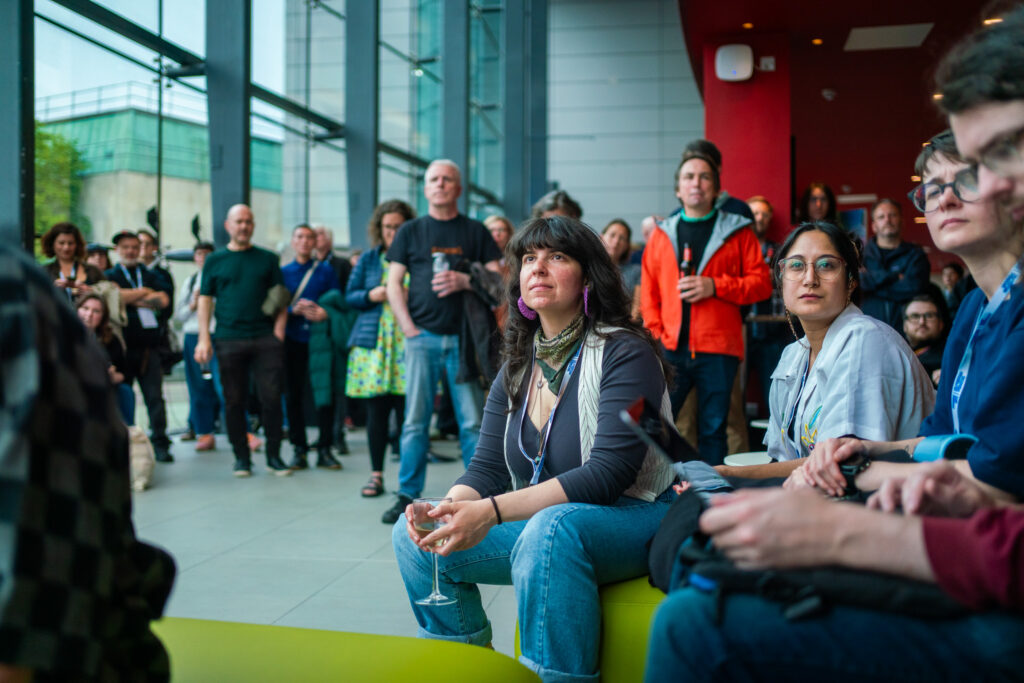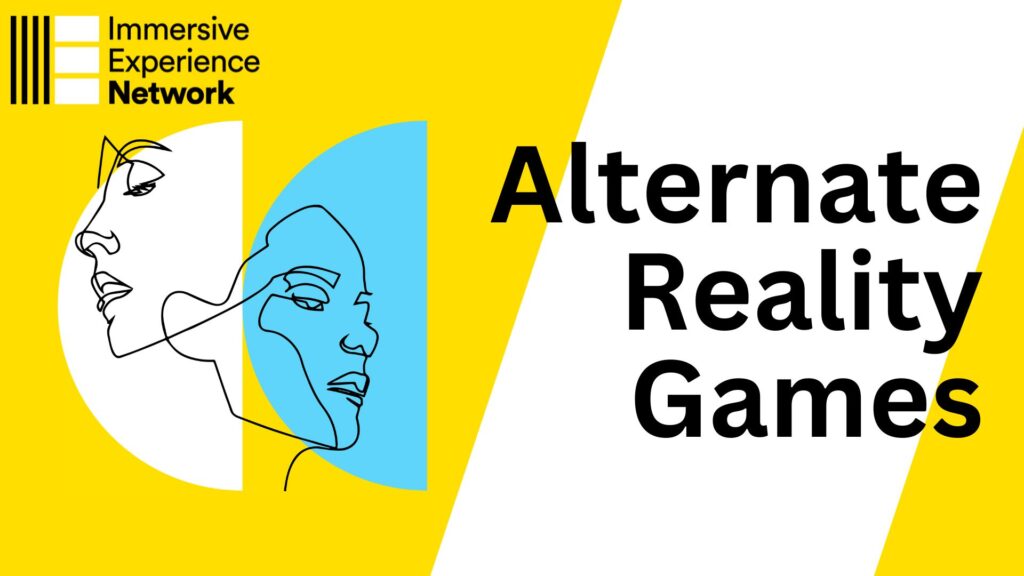What is a themed attraction?
Themed attractions are entertainment venues designed around a specific theme, offering immersive experiences that transport visitors into another place or time. Alternative names for themed attractions might include theme parks, immersive parks, experiential venues, or story-based attractions, and any of these kinds of live experiences may fall under the wider themed attractions umbrella.
The key characteristic of themed attractions is their emphasis on storytelling through environment, creating an immersive world that engages visitors’ imaginations and senses.
In ‘The prevalence of storyworlds and thematic landscapes in global theme parks’ – a study of theme parks in North America, Asia and Europe – Carissa Baker says that theme parks “have been long associated with the concept of ‘theming’, which differentiates them from amusement parks. Themes present an underlying message to a space, exhibit images of place and time, and evoke emotions in visitors. Theme parks became distinguished by their use of a theme that may be expressed throughout a park or in attractions, where the theme becomes the ‘main part’ of the visitor experience.”
Where did themed attractions come from?
The origins of themed attractions can be traced back to the pleasure gardens and fairs of Europe in the 17th and 18th centuries, which provided entertainment and leisure activities in landscaped settings. However, the modern concept of themed attractions began to take shape in the early 20th century with the opening of amusement parks that featured themed rides and attractions, such as Tivoli Gardens in Denmark and Blackpool Pleasure Beach in the UK.*
The concept was revolutionised in the mid-20th century with the opening of Disneyland in 1955, which introduced the idea of a theme park with distinct ‘lands’ dedicated to different themes, complete with immersive environments, rides, and entertainment all tied to a cohesive narrative. This model set the standard for themed attractions worldwide and sparked the development of the theme park industry as we know it today.
Themed attractions now form part of hybridised live events such as music festivals, with notable examples like Glastonbury having areas devoted to a particular theme. There are also attractions like Phantom Peak which create a very contained themed world in a small space, and areas in Las Vegas which mimic outdoor environments and cultural elements from other countries within the confines of malls. Educational and historical attractions often also include themed areas or themed events like reenactments.
What makes themed attractions immersive?
Detailed theming
The foundation of an immersive themed attraction is its detailed theming, which encompasses everything from the architectural design and landscaping to the costumes of staff members and the background music. Every element is carefully crafted to contribute to the overall theme, creating a believable and engaging world that captivates visitors.
Storytelling
Storytelling is central to themed attractions, with narratives woven into the design of rides, shows, performer interaction, and environments. These stories might be based on popular films, historical events, cultural myths, or original concepts developed by the attraction’s creators. Effective storytelling engages visitors emotionally and intellectually.
Multisensory experiences
Themed attractions often engage multiple senses to create a fully immersive experience. This can include visually stunning scenery, thematic music and sound effects, themed food and beverages, and tactile experiences. By engaging multiple senses, themed attractions create a more convincing and enveloping world.
Technology and innovation
While not present in all themed attraction experiences, advancements in technology play a significant role in enhancing the immersion of themed attractions. This can include state-of-the-art ride systems, augmented reality (AR) and virtual reality (VR) experiences, and sophisticated special effects. These technological elements can elevate the realism and interactivity of the themed environment, creating experiences that were previously impossible.
How are themed attractions similar to, or different from, other immersive experiences?
In their use of themed set design in a physical environment, themed attractions are similar to immersive theatre, escape rooms and scare attractions. Although some contemporary themed attractions (such as Super Nintendo World in Universal Studios) have elements of light touch playability – unlike the above experiences, there is no mission or objective for visitors other than to explore the world and its individual elements in their own time. In this way, themed attractions are similar to experiential art or LARPing. But, unlike experiential art, themed attractions don’t highlight a particular artist or artists. And, unlike LARPing, themed attractions don’t require visitors to get into character or become active participants in a story, instead they can simply observe the world around them.
Examples of themed attractions
Phantom Peak in London is an immersive entertainment venue that combines elements of storytelling, live performance, and interactive experiences. Set in a fictional town, it offers visitors the opportunity to explore various settings and engage with characters to uncover a narrative. The experience is designed to blend the lines between reality and fiction.
Legoland is a chain of parks themed around the famous toy, with scenes from the real world and fiction all recreated in Lego bricks. The parks are open worlds for visitors to walk through, take photos and get hands-on with elements of interactivity.
Super Nintendo World at Universal Studios in Hollywood has created an immersive themed attraction based on the most popular game from Nintendo: Super Mario. The design of the physical environment brings to life the digital scenography of the game, with rides, shopping and dining experiences based on game and characters.






